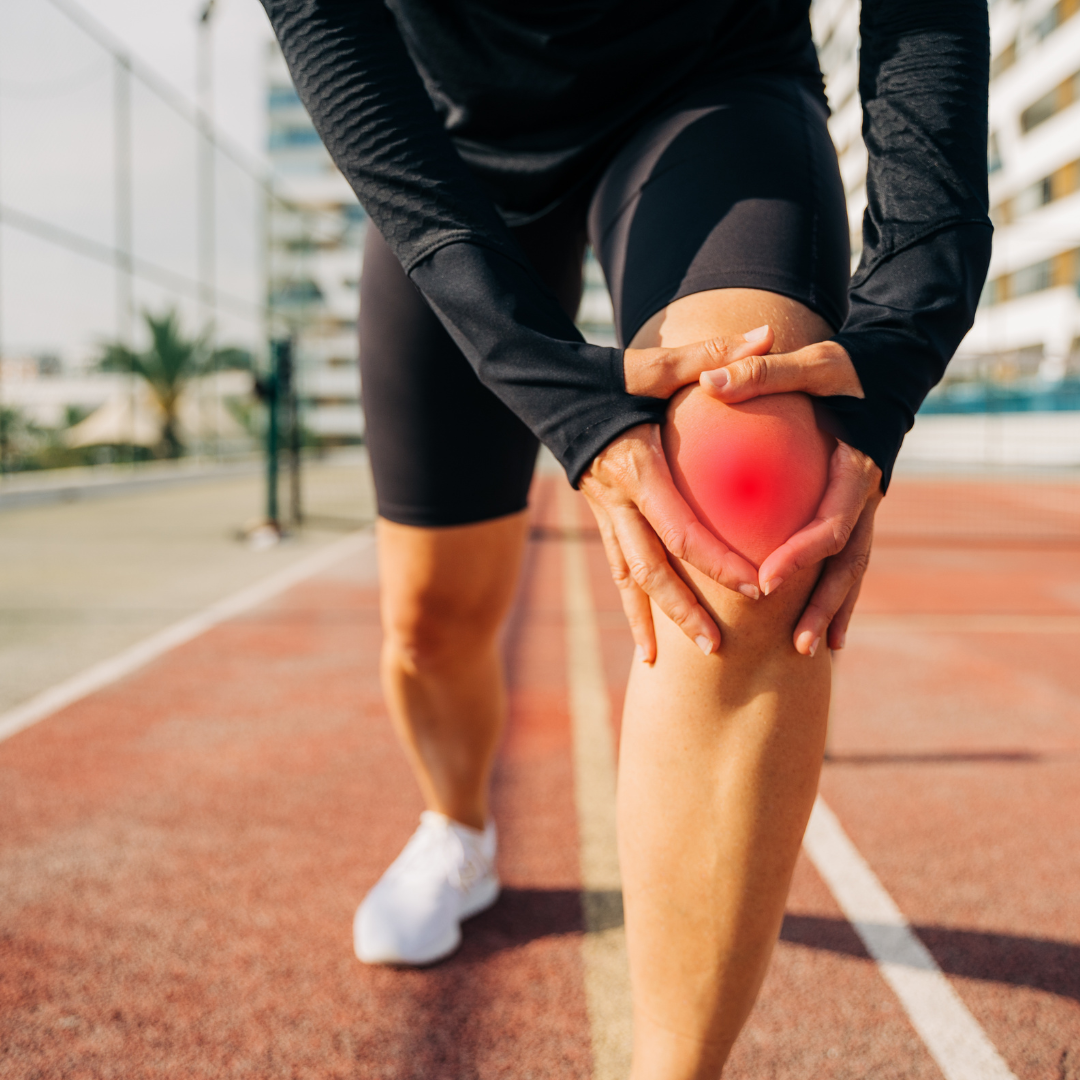3 Essential Moves to Untwist Your Knee
- Posted by David Grey
The knee is a relatively simple joint. It needs to be able to flex, extend, and rotate. Out of those 3 movements, rotation is the least important to think about. Unless your knee is already stuck in a rotated or twisted position. Then, it becomes a big problem as it will make it much harder to flex and extend.
Take our client Sigurd, for example. After undergoing major knee surgery 18 months ago, he struggled with his recovery until he began using our Lower Body Basics program. The program brought progress, but to speed up his recovery, he started one-on-one online coaching with our physio, Mimi. He even travelled to Ireland for an intensive rehab session in our centre in Waterford.
One thing we noticed right away is that whenever Sigurd bent his knee, he ended up in a significant amount of femoral internal rotation. And he never left this position regardless of what movement happened next.
Why Knee Twisting is a Problem:
- It can be painful
- Pain causes inhibition
- Inhibition makes it difficult to build strength and muscle
- The knee lacks the variability needed to access its full ROM
All of this combined made it difficult for him to return to his sport and play competitively at a high level again. So, here’s a quick look at the 3 exercises we used to help restore femoral external rotation and provide some much-needed variability at the knee joint.
Exercise 1: Single-Leg Rockback
Exercise 2: Split Squat with Rotation
Exercise 3: Floating Heel Shrimp Squat To Propulsion
It should be made clear that this isn’t a full rehab plan. This is just some prep that Sigurd used before his main strength and plyometric work. But even simple movements like these can be the difference between a happy knee and an angry one.
Here’s what Sigurd said about his recovery, “I was positively surprised during the online session. Even in the very first session…how accurate and detailed we were able to be in finding my challenges…I felt understood in a way that I haven’t felt understood in other places, even in person. I was also impressed by their eye for detail when it came to movement. They have been able to understand what I am talking about and identify movements or deficiencies that we can work on in order to improve them. So, that’s been a big difference.”
Search the Blog
Recent Blogs
Latest Podcast










